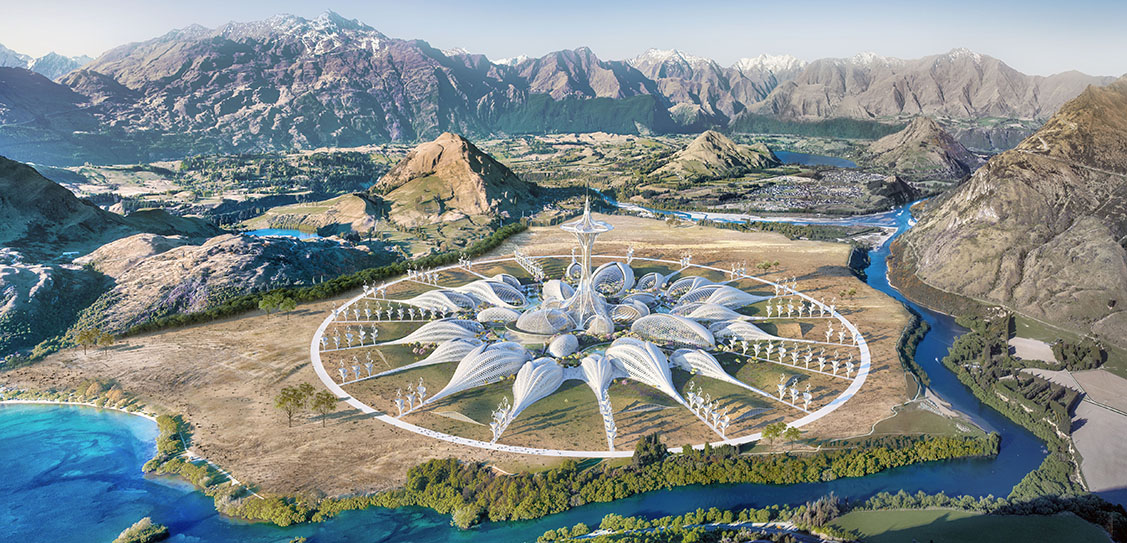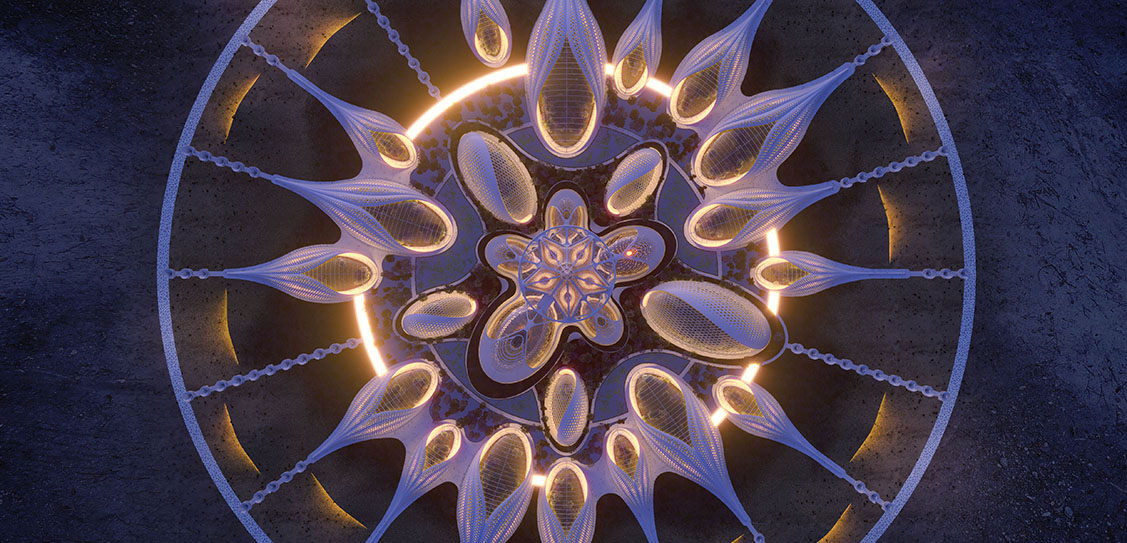In order to preserve and restore the biodiversity of pollinating fauna, Pollinator Park is a demonstrator on a significant scale. From the Miro's Meadow to the Hungry Hive, via the Urban Lab and the Zoom Room, it promotes the role of the farming profession. It shows good practices in pollinator preservation on multiple levels: territorial land-use, agricultural, forest, and in urban surroundings.
The solutions are numerous and often simple to implement. For instance, through territorialisation, which preserves ecological corridors; the restoration of forest edges, fallow fields, pastures, and melliferous meadows, as well as the preservation of multi-layer herbaceous hedges with tall trees and native vegetation along agricultural fields and country roads.
Then following through on less mono-cultivated, chemical, and toxic agriculture; more reasoned agriculture, prohibiting the spreading of pesticides, fungicides, and insecticides. The agriculture of the future focuses on the intensive development of organic farming, permaculture, and agroforestry, three biodiversity-oriented practices;
Urbanisation, which is fighting against the artificialisation of soils; supports the establishment of green and blue networks of natural habitats which are more favourable to pollinators and the banning of phytosanitary products in public parks and private gardens.
This increase in fertile urbanisation can be achieved by the establishment of nesting substrates, suitable soils, cavities in trees, or building facades for example, as well as by the deployment of floral resources. These can be supported by creating urban forests, revegetating schoolyards, and building urban farms as well as apartment buildings and green, edible offices covered with vegetable gardens and orchards.
An architectural cluster of biomimetic botanical greenhouses built with mass timber and positive energy will be an important tool in aid of the project.
Ecology is the “raw material” of architecture in the 21st century and this is the leitmotif of Pollinator Park. Ode to nature, its organic design is directly bioinspired by pollination, the sexual reproduction method of plants. It thus poetically draws its structure from that of a blooming flower.
The Central Park symbolises female organs and unites all of the park's exhibition spaces. From bottom to top, the ovaries constitute the educational spiral-structured biodomes, the style accommodates a panoramic glass elevator and a Chambord double staircase, while the stigma is transformed into an observation platform flourishing in the sky.
From this epicenter, the farmlands, biodomes with honeycomb structures, ribbed leaves, or even voronoi, are dedicated to the agriculture of the future. They are spatially organised in a radial plane. Their striated and voluptuous geometries are inspired by anthers, the male organs of a flower covered with pollen grains.
In terms of landscape, these botanical greenhouses for exhibition and agricultural production are protected by a huge perianth; this consists of a five sepal calyx around the Central Park and a five petal corolla around the farmlands.
The organic architecture of Pollinator Park stimulates the natural flow of the visitor experience where biomorphic architecture and lush nature merge into a unique ecosystem exhibiting how nature creates ecosystems. In each environment, pollinator hotels are integrated into the playful architecture because Pollinator Park is their intended home.
All greenhouses are designed from light frames in cross-laminated timber (CLT) and recycled or recyclable biosourced materials distributed in virtuous loops and short circuits.
The mass timber biodomes are covered with photovoltaic and thermal solar shields in order to become positive energy buildings producing more energy than they consume. These sun shields filter the sun's rays and create a perfect balance between light and shadow.
In order to create this positive balance, a field of wind chimneys and wind turbines is radially implanted in the landscape. This wind farm also makes it possible to use the energy of the wind and take advantage of the ground's thermal inertia to naturally bioclimatise the spaces inside the greenhouses; the wind chimneys use geothermal energy to cool the greenhouses in summer and heat them in winter, the temperature of the ground resting at 18°C all year round.
In terms of construction and energy, Pollinator Park is therefore a real carbon sink and an exemplary project in terms of ecological engineering.
Within this biomimetic oasis inspired by the shapes, structures, and feedback loops of natural ecosystems, the scenographic experience focuses on the correlation between pollinators and food production.



